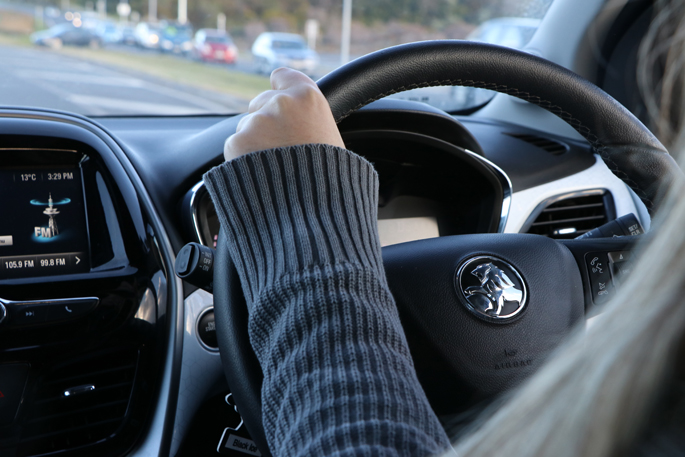A driving expert does not believe it is easier to pass a practical driver's licence test in rural areas.
According to data released by Waka Kotahi New Zealand Transport Agency, pass rates in 2023 were significantly lower in Auckland, Bay of Plenty and Wellington than elsewhere in the country.
Auckland's pass rates were the worst, with just 49.2 per cent of applicants passing their restricted test and 55.7 per cent passing their full.
In Bay of Plenty, 50.9 per cent of applicants passed their restricted and 59.4 per cent passed their full, while in Wellington, pass rates were 51.9 per cent and 59.8 per cent respectively.
New Zealand's pass rates were highest in Taranaki, where 70.6 per cent of applicants passed their restricted and 77 per cent of applicants passed their full drivers licence tests.
Gisborne was the place with the second-highest percentage of restricted licence passes, at 68.2 per cent, while the West Coast had the second-highest percentage of full licence passes, at 75.9 per cent.
New Zealand Institute of Driver Educators president Mark Revill-Johnson told Checkpoint testing officers in big cities and rural towns were "very consistent" in they way they marked across the criteria.
He says if someone from Auckland was to drive to a more rural area in the hope it would increase their chances of passing, it might actually do the opposite.
"Smaller towns do tend to have these sort-of out of context traffic environments. If you're not familiar with them, you can just as easily find yourself in difficulty with one of those."
"When you're driving around in an unfamiliar area, it can put more pressure on the test candidate."
Mark says it is "hard to say" why bigger cities had lower pass marks - but says it is likely to do with the number of people taking tests "skewing" the numbers slightly rather than testing officers being more strict.
If 10 people took a test in one place and one person failed, that would be a pass rate of 90 per cent, whereas if 20 people took it and one failed, it would be 95 per cent, he says.
Mark accepts that Auckland may have a more difficult traffic environment for people taking their test, but extra congestion could actually work to their advantage, as they would be driving slower and have more time to see their surroundings.
A "big drop" in pass rates was seen when the current testing system was introduced, Mark says. It went from the high 70s and 80s to the 40s.
"That was because things were set out a lot clearer and a little less discretion was allowed to the testing officer."
But Mark says younger people taking driving lessons are doing better in the new testing system than any other age group.
He recommends people take driving lessons, saying: "We see things that parents perhaps don't see".



3 comments
Hmmm
Posted on 21-04-2024 16:22 | By Let's get real
How can anyone believe that they're qualified to drive for the rest of their lives after a twenty minute driving test...?
Far too many really bad habits being passed on by mum and dad. Sort out the abilities of the drivers and the road toll might just come down as well.
Driving on the roads is not a right and we should be looking closely at the abilities of those that are using them.
Driving
Posted on 21-04-2024 17:21 | By Sycamore2
Unfortunately people don't want to spend money on driving lessons when a friend or relative will do it for free. A lot of drivers still don't how to signal at intersections, roundabouts and apparently stop signs don't really mean a complete stop and speed limits Are for fools.
So this is an advert ?
Posted on 21-04-2024 18:35 | By an_alias
Seems rather than look at why the system is failing restricted testers in cities you are saying that the driving instructor is unbiased in recommending, um, well, you pay him to do some driving lessons ?
How about fixing the issue of people not even being able to sit the tests and the terrible way it is run ?
Leave a Comment
You must be logged in to make a comment.